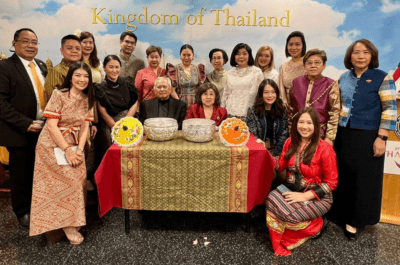Managing customer experiences: The contribution of interpretation and qualitative services management in cultural and heritage tourist attractions.
Managing customer experiences: The contribution of interpretation and qualitative services management in cultural and heritage tourist attractions.
INTERPRETATION
A crucial aspect of creating memorable experiences in tourist attractions is effective communication and interaction with the visitors. According to Verveka (2000, p. 3): ‘interpretation is the most powerful communication process any historic or heritage site has available to communicate its message to visitors’! In addition, Tilden (1977, p. 11) writes: ‘any interpretation that does not somehow relate what is being displayed or described to something within the personality or experience of the visitor will be sterile’.
Interpretation means conversation, interaction that enriches the visitor experience, by creating meaningful links between messages and collections, between a cultural or natural site and the emotional world of the visitor (Cunningham 2004). The procedure of interpretation includes arts that have as a main aim more to provoke than to instruct the visitors (Brochu and Merriman 2002). Tilden (1977 in Uzzell and Ballantyne 1998) argues that interpretation produces understanding; understanding makes visitors to appreciate what they see; and as a result, they are becoming mindful and start protecting the site they visit.
QUALITATIVE SERVICES MANAGEMENT
According to Kozak (2001 cited Sigala and Leslie 2005), tourists invest in experiences while visiting heritage attractions. These experiences provide psychological and mental benefits as they make the visitors mindful and creative. The heritage tourist product is not easily measured and it is not a quantifiable good because it is the reason for creating memorable experiences to the visitors (Sigala and Leslie 2005).
Service quality is an important element that affects tourists’ satisfaction and experience on heritage attractions. According to Cooper et al. (2008, p. 670) ‘the new consumer of tourism is knowledgeable, discerning, seeks quality and participation’. Tourist marketers try to improve the quality of service and the level of visitor satisfaction by paying attention to developing emotional and psychological reactions that tourists obtain from the service experience (Sigala and Leslie 2005).
Service quality and visitor satisfaction are interrelated elements in heritage tourism marketing (Sigala and Leslie 2005). The more private and public tourist organisations understand this relationship, the more likely is to determine the procedures that should be used in order to predict and fulfil tourists’ perceptions and needs on heritage sites (Sigala and Leslie 2005). The ‘actors’ that are involved in the production and development of tourist experiences on heritage attractions have to be aware of the intangible elements that affect tourists’ perceptions and image about heritage.
It is not sufficient to have a great potential of tourist arrivals on a specific heritage site. Especially, for cities where they have a history as famous tourist destinations, there has to be a sustainable programme of strategic heritage management, based on hospitality, creativity and professionalism (Russo and Borg 2002). As Martin and Mason argue (1993 in Richards and Wilkes 2008) there are hey three elements that could make attractions operate successfully:
1. Drawing new visitors
2. Setting quality performance and evaluation of the business
3. Preparation and adaptability to changes in visitor needs and expectations
REFERENCES:
– Brochu, L., and Merriman, T., 2002. PERSONAL INTERPRETATION, connecting your
audience to heritage resources. Journal of Interpretation Research, 9 (2), 1-74.
– Cooper, C., Fletcher, J., Fyall, A., Gillbert, D., and Wanhill, S., 2008. TOURISM
Principles and Practice. Harlow: Pearson Education Ltd.
– Cunningham, M. C., 2004. The Interpreter’s Training Manual for Museums. American
Association of Museums: Washington DC.
– Richards, S., and Wilkes, K., 2008. Attraction Failure and Success. In: Fyall, A., Garrod,
B., and Leask, A., Managing Visitor Attractions, New Directions, 2nd Edition. Oxford:
Elsevier.
– Russo, A. P., and Borg, J. V., 2002. Planning considerations for cultural tourism: a case study of four European cities. Tourism Management, 23 (6), 631-637.
– Sigala, M. and Leslie D., 2005. International cultural tourism. Management,
implications and cases. Oxford: Elsevier Butterworth-Heinemann.
– Tilden, F., 1977. Interpreting our Heritage. 3rd Edition. Chapel Hill: The University of
North Carolina Press.
– Uzzell, D. and Ballantyne, R., 1998. Contemporary Issues in Heritage & Environmental
Interpretation. Norwich: The Stationery Office.
– Verveka, J. A., 2000. So why heritage sites need interpretation to survive? Paper developed for the National Trust of Scotland, Interpretation Seminar [online] Available from: www.heritageinterp.com [Accessed 9 May 2010].
Emmanouil Tsigkakos is a Graduate Student, MSc. Tourism Management & Marketing, School of Tourism, Bournemouth University, Dorset, UK




























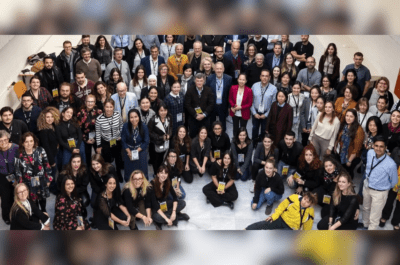












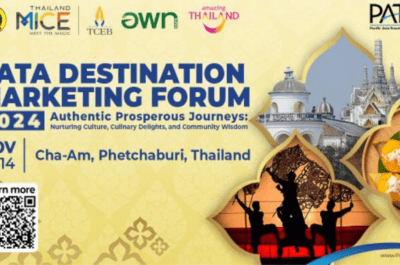




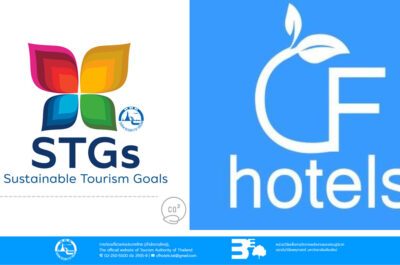





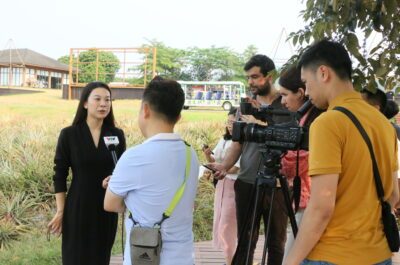





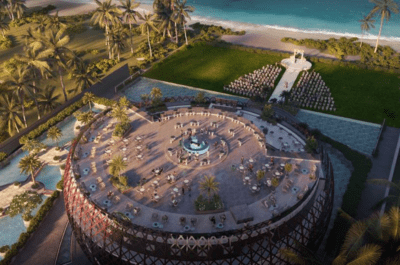
![[PR] PR_Ascott and Vimut Hospital_2024](https://www.traveldailynews.asia/wp-content/uploads/2024/04/PR-PR_Ascott-and-Vimut-Hospital_2024-400x265.jpg)







